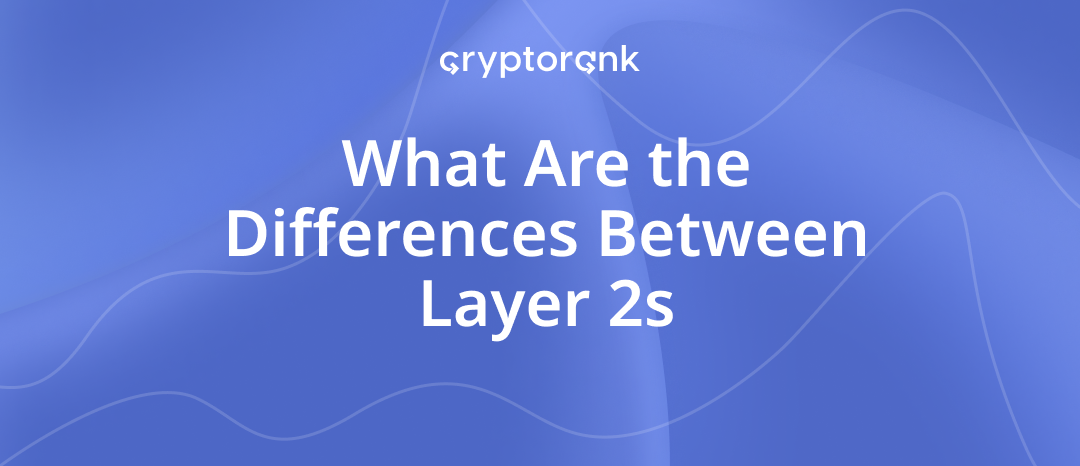Modular Blockchains – The Future of dApps


To understand what this is, let's take a look at its architecture.
Any blockchain consists of four Layers:
- Consensus Layer: where NODs agree on the execution of transactions.
- Execution Layer: where calculations and processing of transactions take place.
- Data Availability Layer: where the data is stored.
- Settlement Layer: where transactions are finalized and their irreversibility is guaranteed
Monolithic Blockchains
Monolithic blockchains are those where all these layers are combined into one. For example, Bitcoin or Solana. Solving all tasks at the same level does bring some problems, such as poor scalability and customization, as well as difficulties in updating the network.
Modular Blockchains
The idea behind modular blockchains is that each task is assigned a separate layer.
Thus, application developers can choose the functionality they need and outsource the rest to other tiers.
For example, rollups take over the execution layer, and the first-level blockchain performs the rest of the tasks.
The most famous representative of modular blockchains is Celestia. Unlike rollups, TIA performs the functions of the Data Availability and Consensus Layers.
Pros and Cons of Modular Blockchains
The undeniable advantages are:
-
Scalability
-
Customization
As for the disadvantages, they are:
-
System difficulty: transactions go a long way, on which they may encounter obstacles
-
Development complexity: unlike monolithic blockchains, modular blockchains require the ability to work with multiple layers simultaneously
The factor that can be both a pro and a con is security. On the one hand, it is provided by another Secure Layer, such as Ethereum, but if the first layer is unavailable, the blockchain will become under-protected.
The Bottom Line
In conclusion, modular blockchains are another important milestone in the development of the crypto industry. It will allow us to build blockchains like Lego cubes and solve many current problems. They may become an even more important narrative in 2024 when more projects will emerge.
Disclaimer: This post was independently created by the author(s) for general informational purposes and does not necessarily reflect the views of ChainRank Analytics OÜ. The author(s) may hold cryptocurrencies mentioned in this report. This post is not investment advice. Conduct your own research and consult an independent financial, tax, or legal advisor before making any investment decisions. The information here does not constitute an offer or solicitation to buy or sell any financial instrument or participate in any trading strategy. Past performance is no guarantee of future results. Without the prior written consent of CryptoRank, no part of this report may be copied, photocopied, reproduced or redistributed in any form or by any means.
